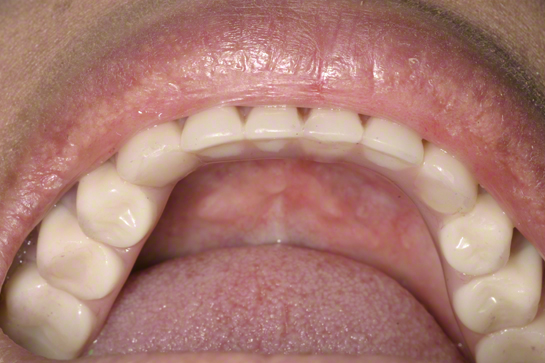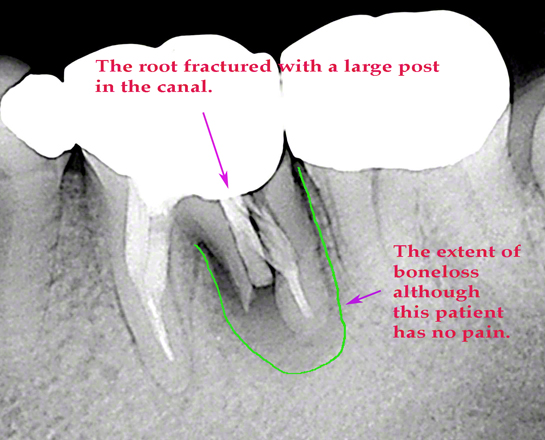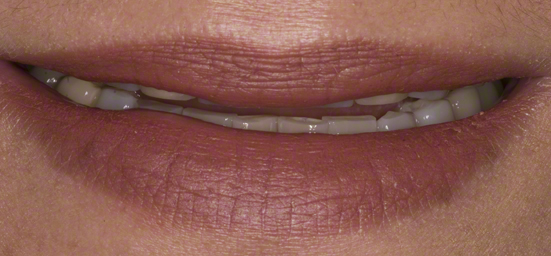Your tooth will only hurt if the cavity penetrates the chamber which houses the nerve inside your tooth. A cavity begins from the outside surface of your tooth and usually balloons inwards until it penetrates the nerve. Bacteria from the cavity and temperature exposure will cause the nerve to become inflamed and eventually ... die. That's when it really hurts.
The best way to diagnose the extent of a cavity is to use proper radiographs. Regular check-ups allow your dentist to catch cavities in their early stages of development. A small cavity is much easier and inexpensive to fill, than to wait until that cavity dictates the need for root canal, build-up, and crown treatments.
The Xray below shows 3 cavities on a patient who has not been to the dentist in a number of years. This patient has no pain in her dentition, yet it is a matter of time before these cavities become big problems for her dental health.
........................................................................................
Alex Nguyen, DDS is a Saratoga Dentist who practices General Dentistry, Cosmetic, and Implant Dentistry. For over 20 years the practice has been serving the residents of Santa Clara County and San Francisco Bay Area.









